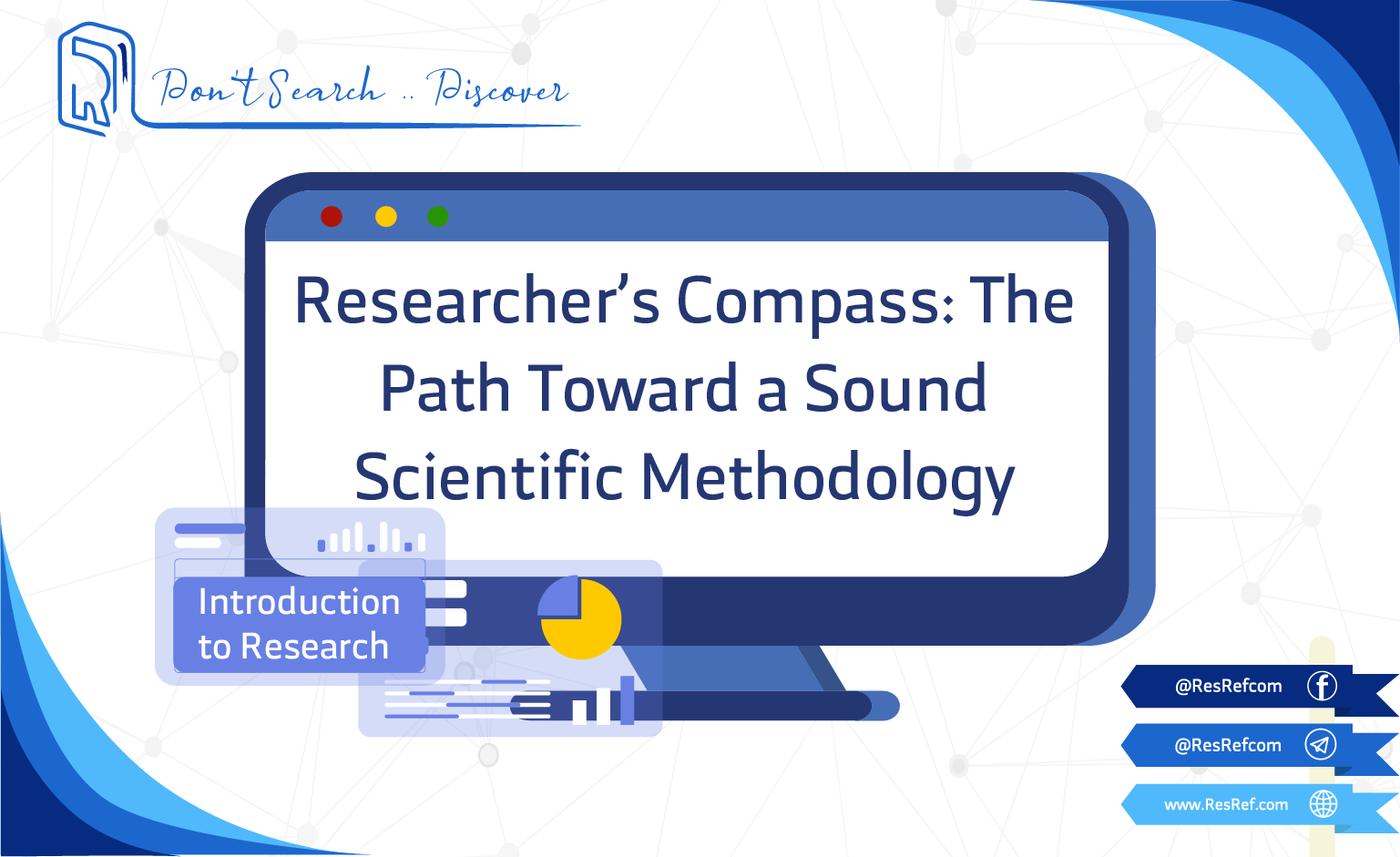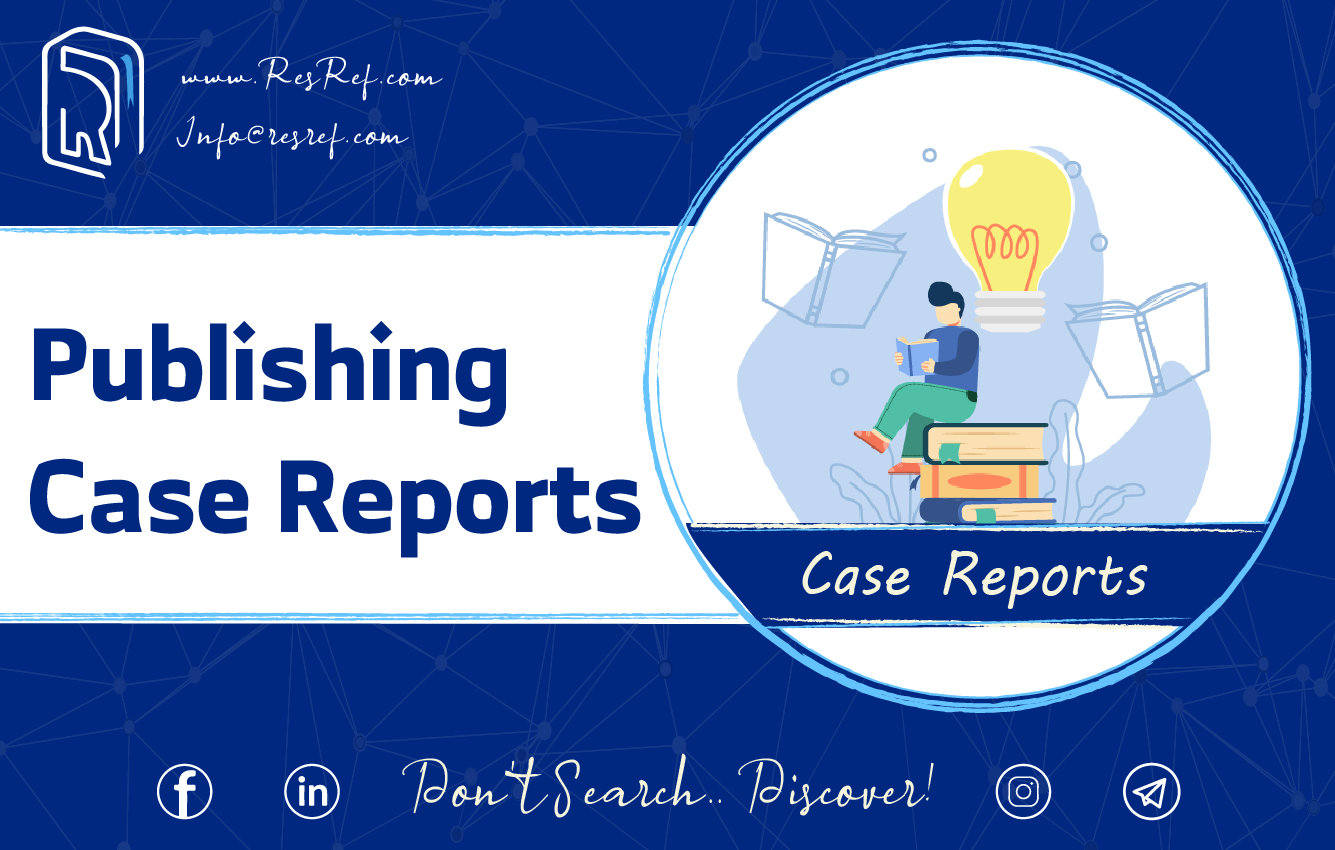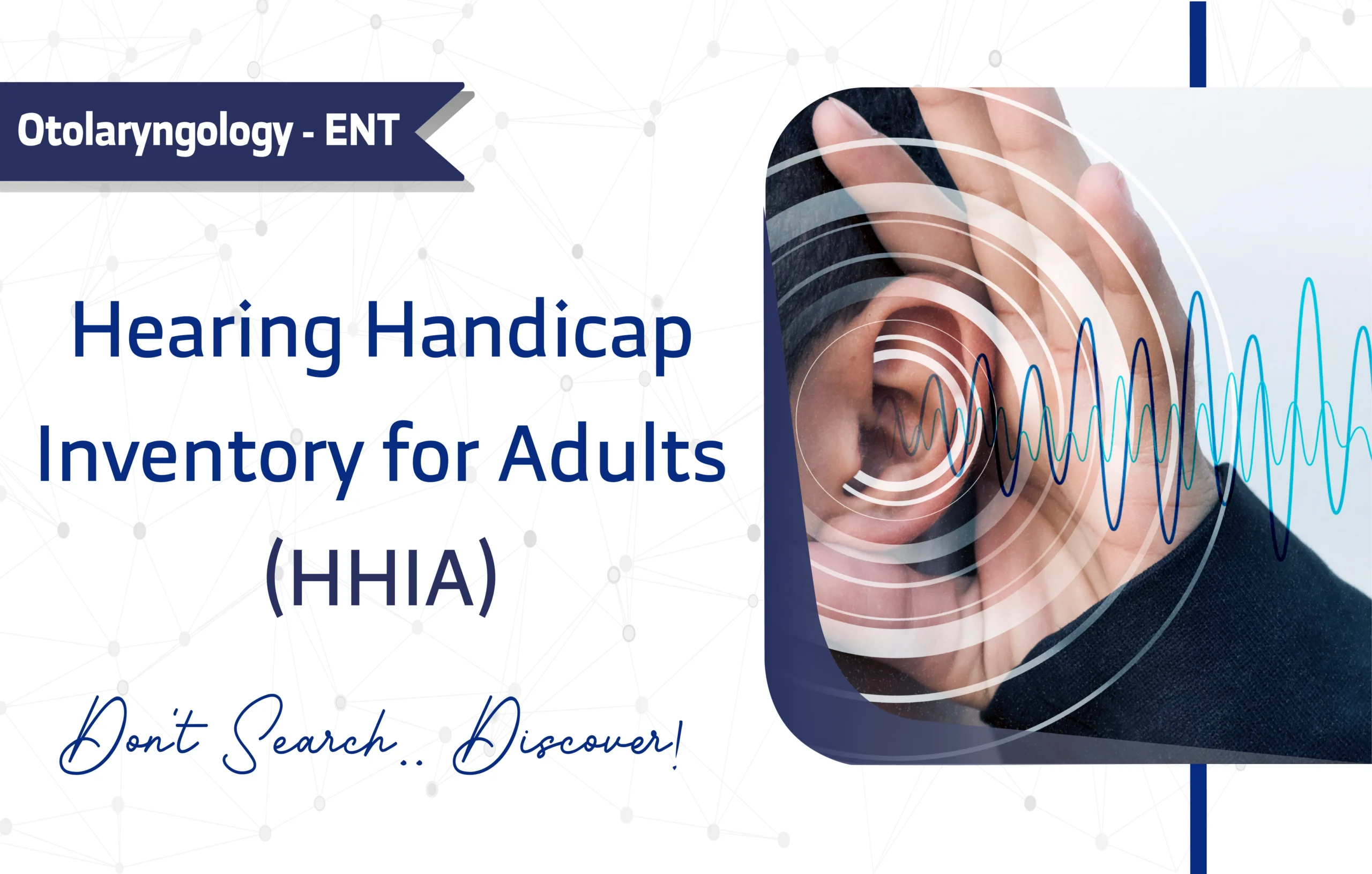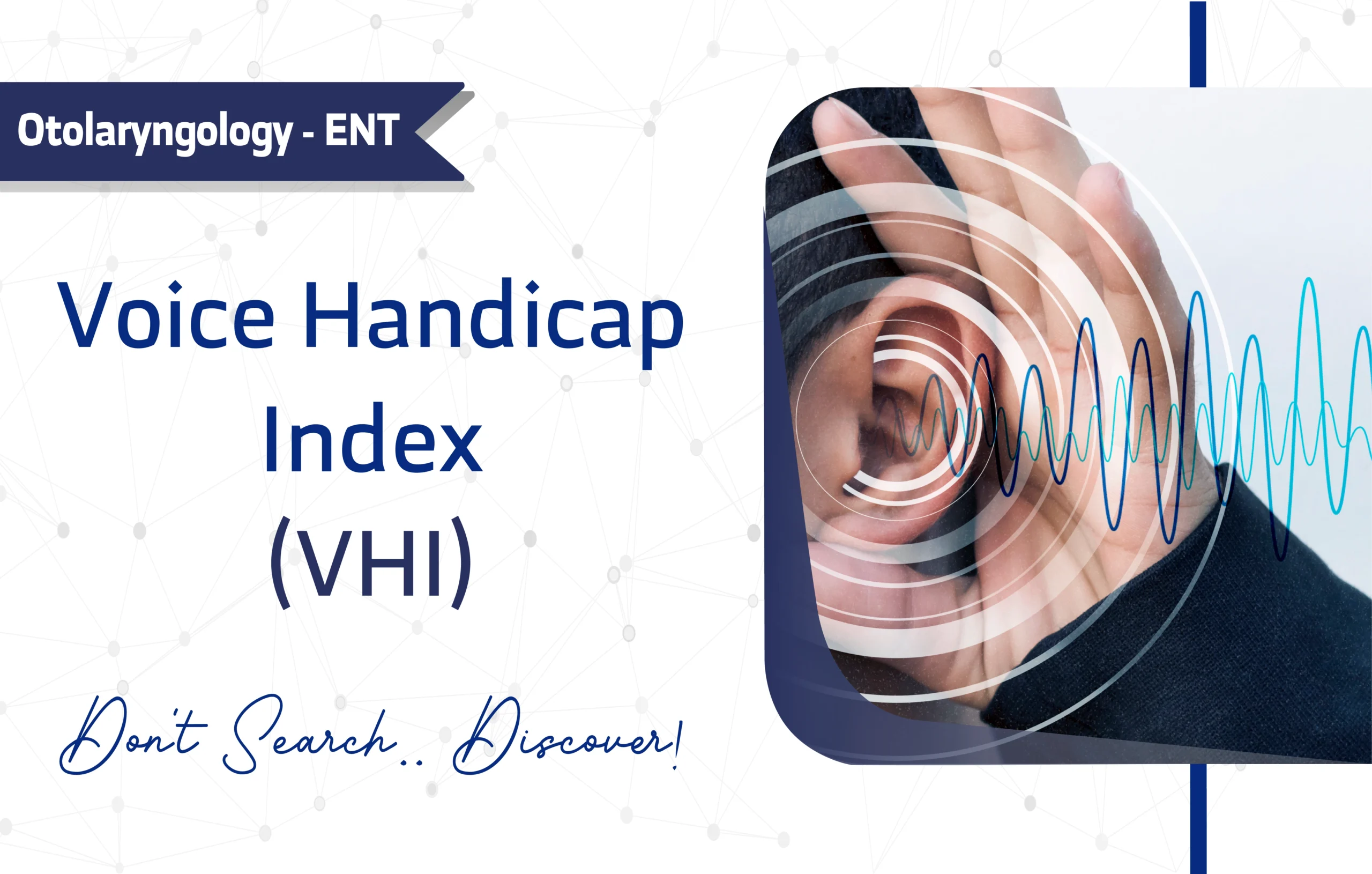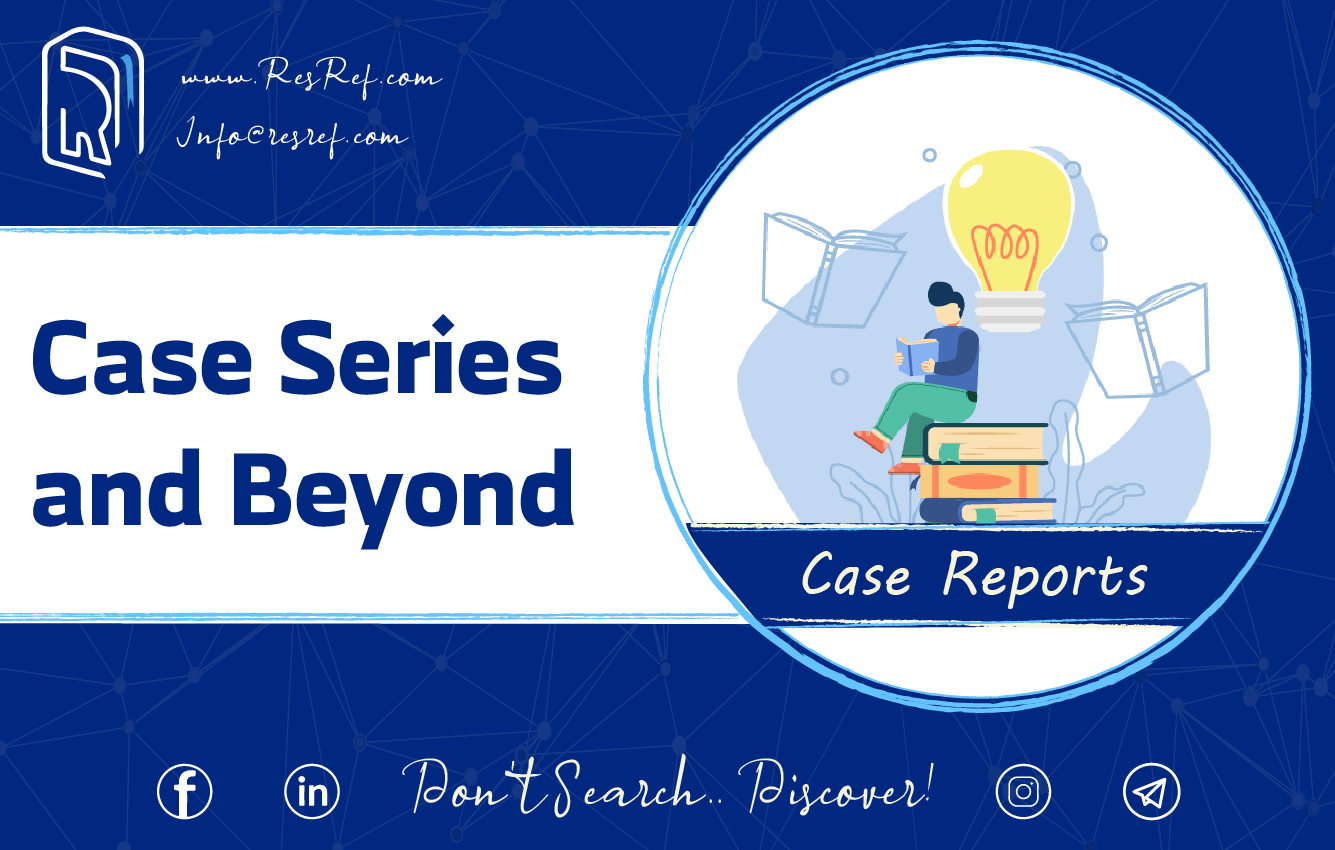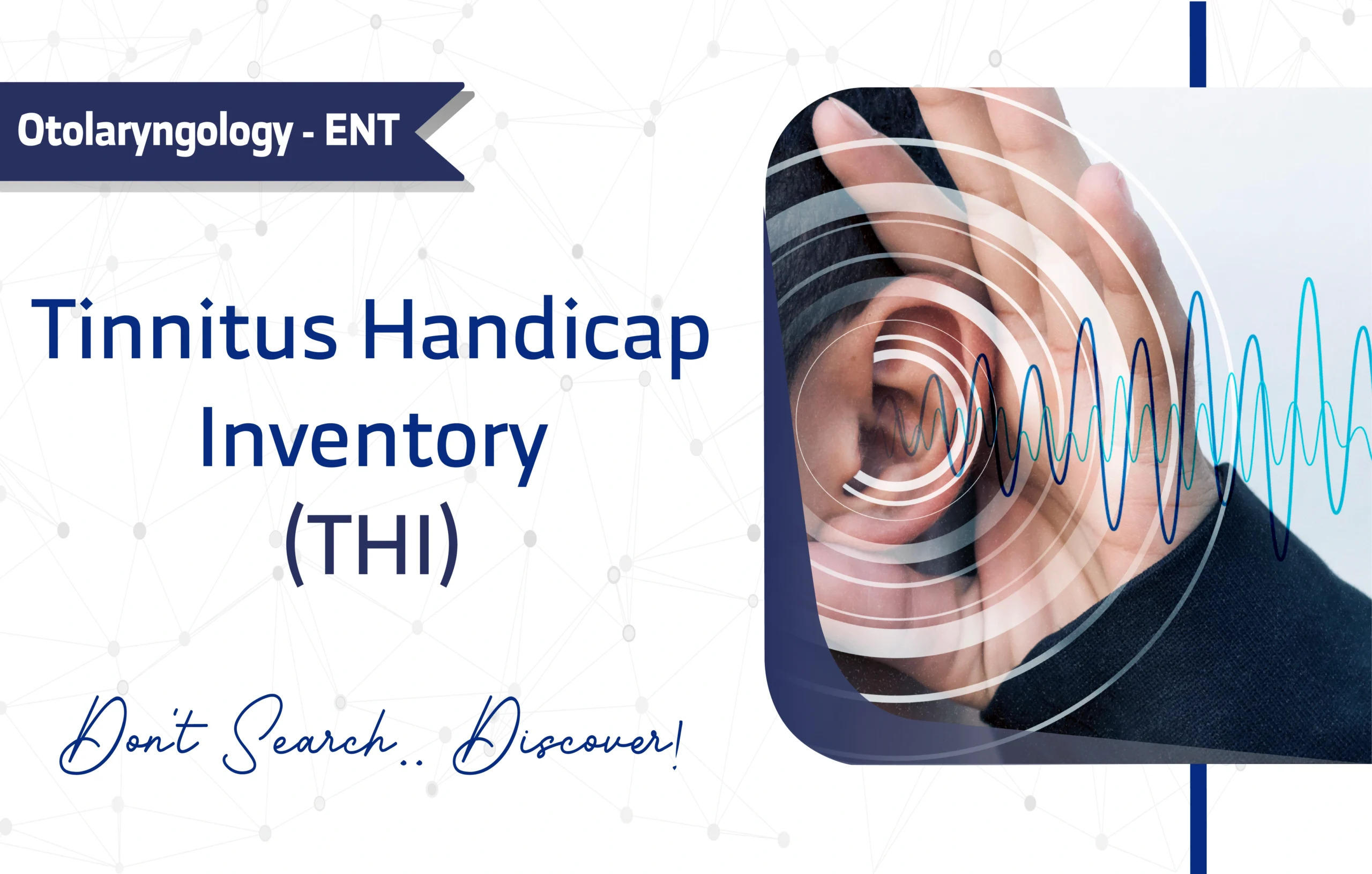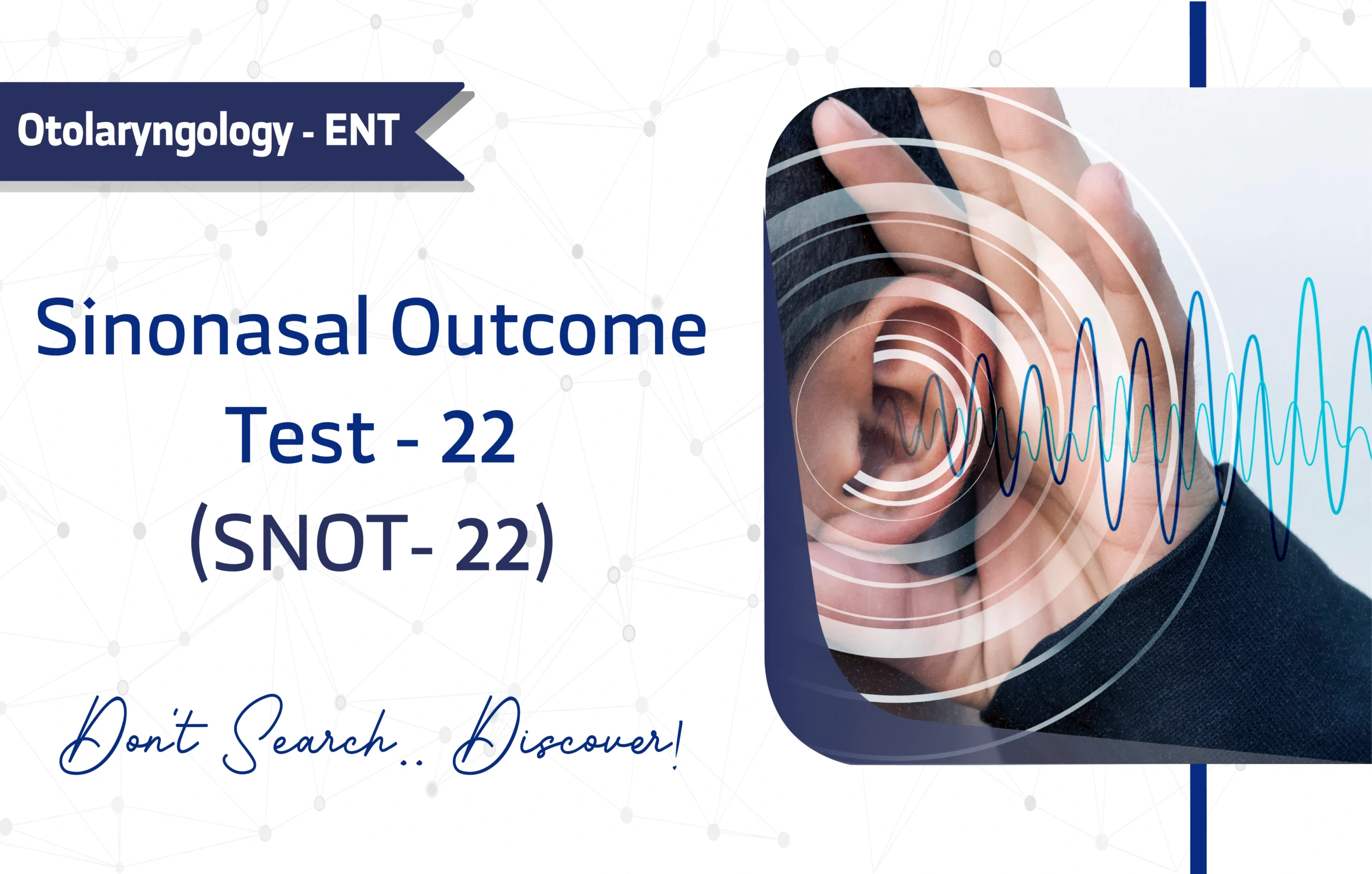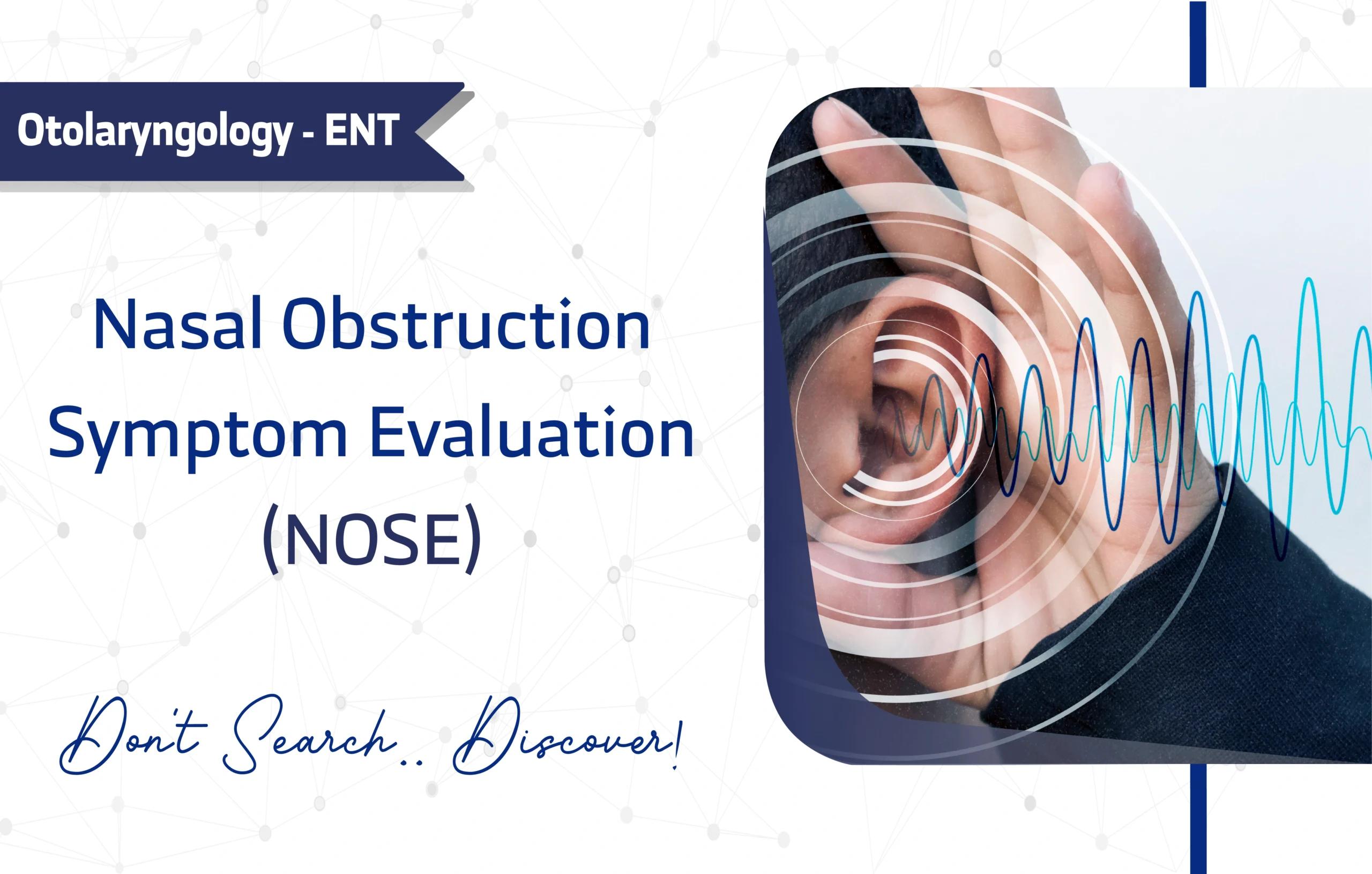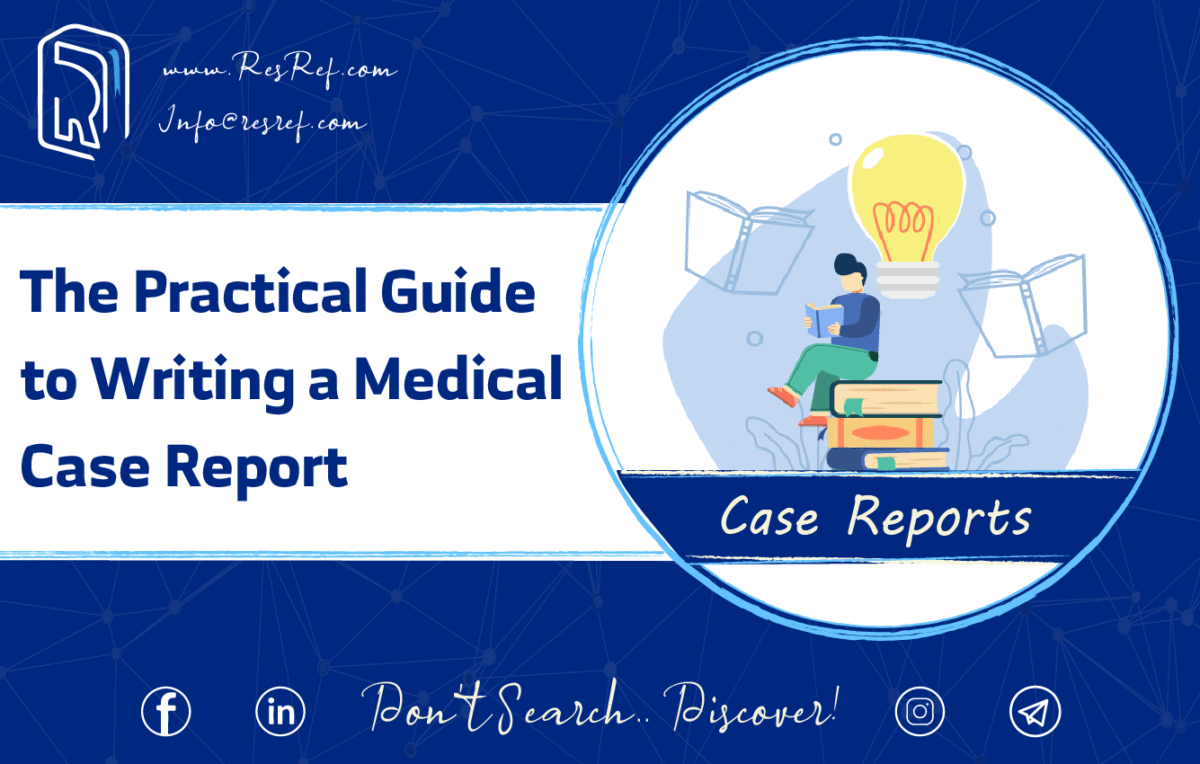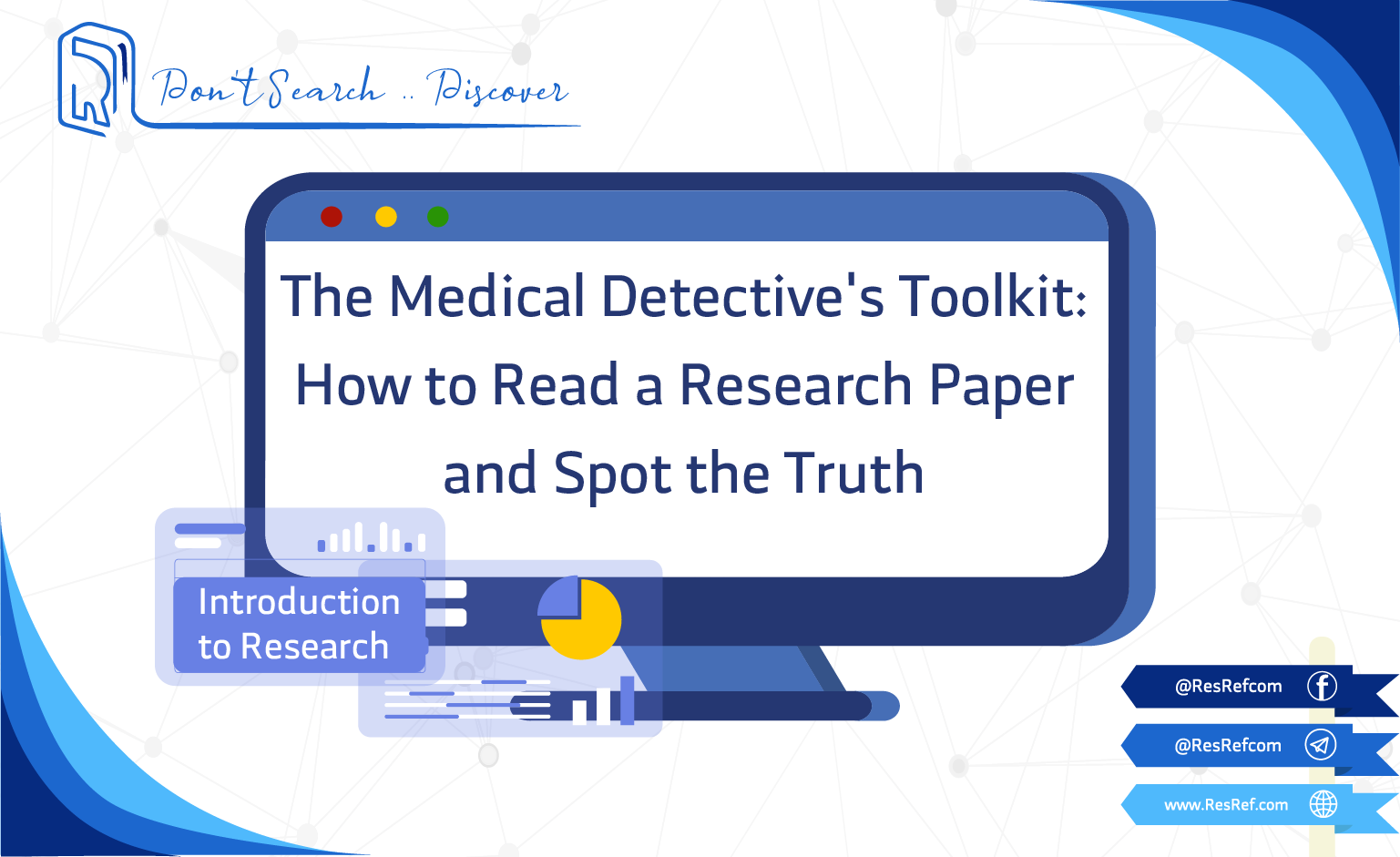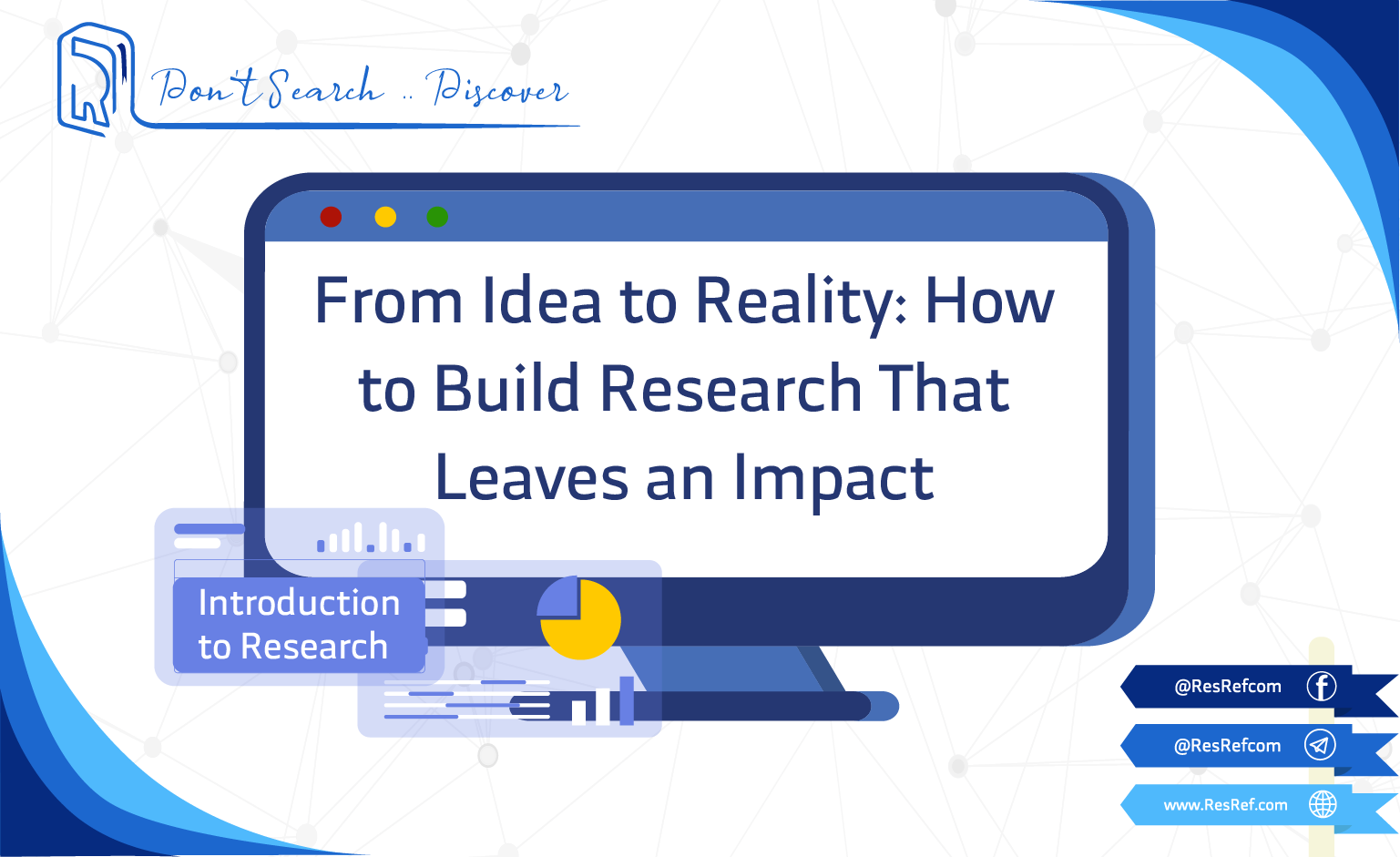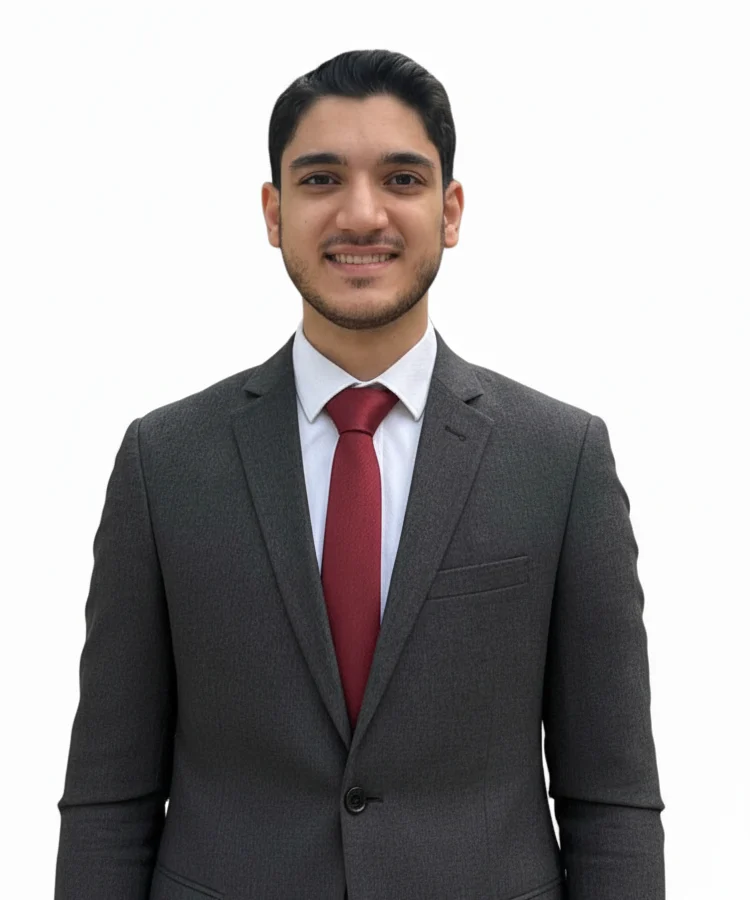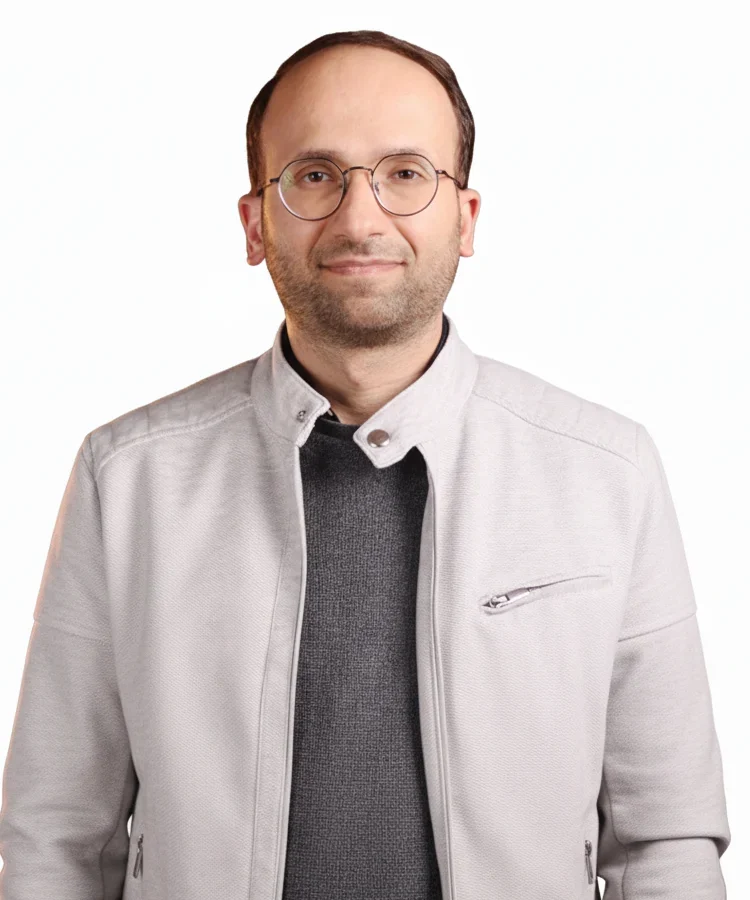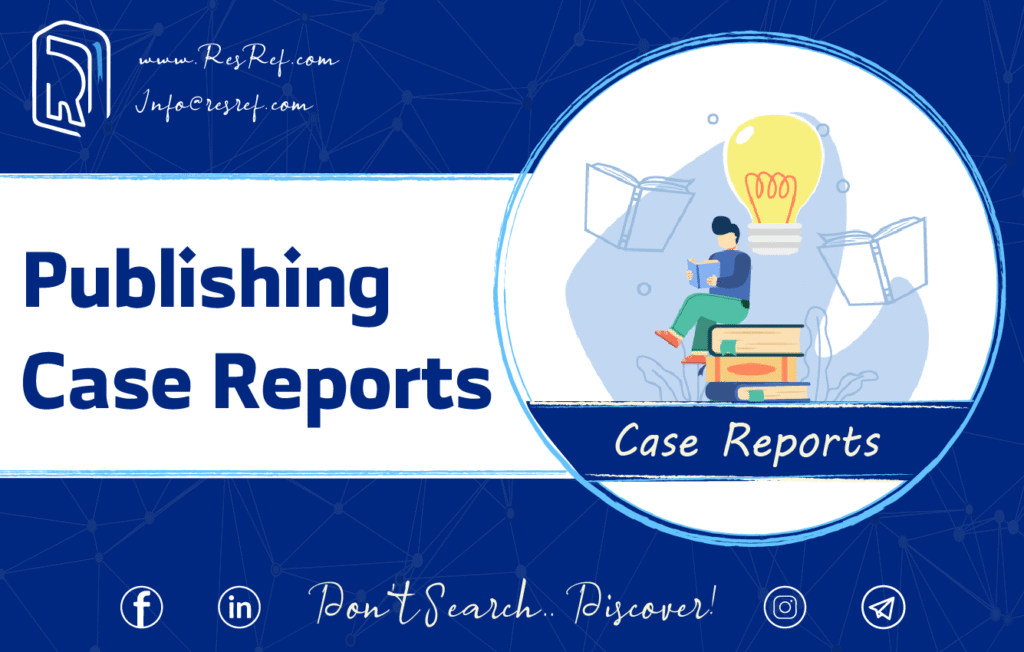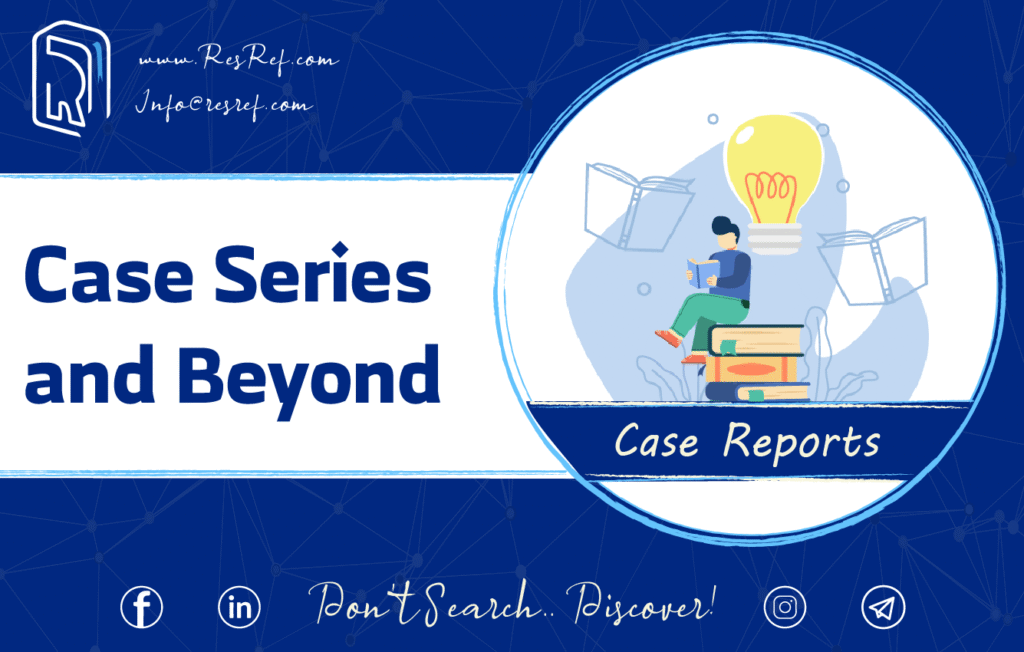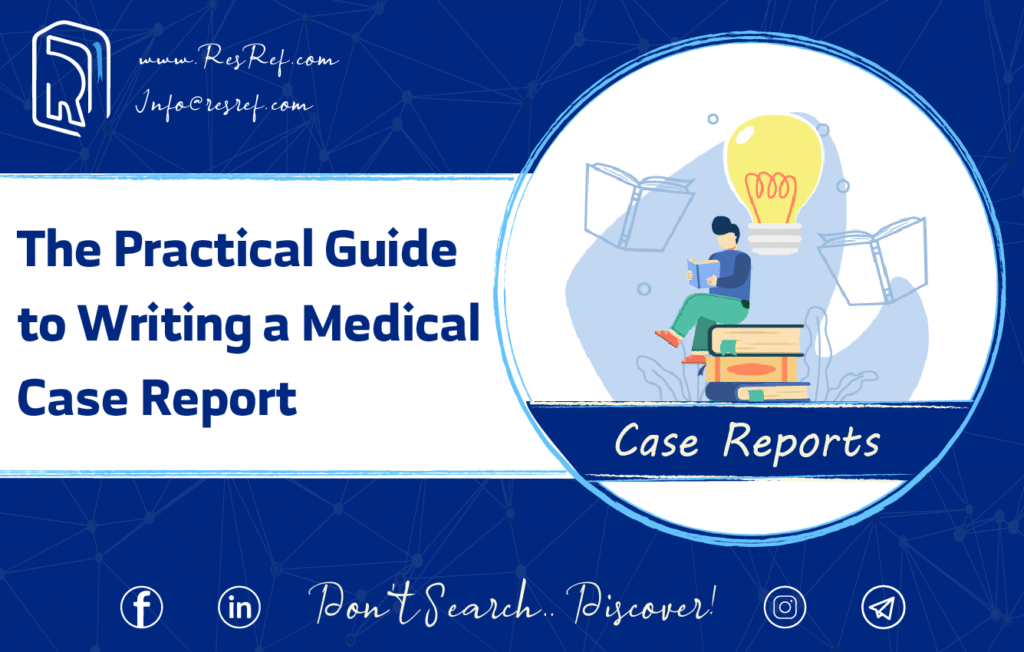Welcome to the next step of your research journey!
In this guide, we’ll explore the heart of every scientific investigation — the Scientific Method. You’ll learn how researchers turn simple questions into powerful studies, how they collect and analyze data, and how these results eventually improve patient care.
By the end, you’ll see that research isn’t just about experiments — it’s about asking the right questions, thinking critically, and using evidence to make better medical decisions.
Researcher’s Compass: The Path Toward a Sound Scientific Methodology
Scientific Method isn’t a strict set of rules, but a powerful, flexible guide that helps researchers ask questions and find answers in a way that is clear, logical, and trustworthy. For anyone in healthcare, understanding this process is key to knowing which research you can trust.
Step 1: Asking the Right Question (and Making a Guess)
Every great study starts with a great question. A good research question is the foundation of your entire project. It needs to be SMART:
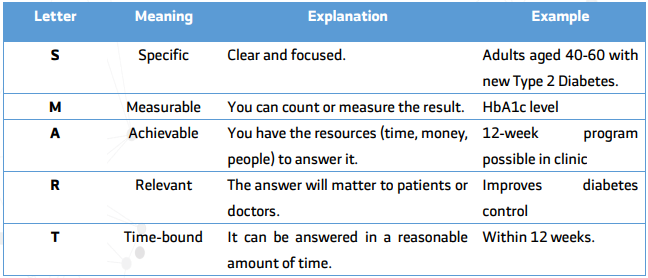
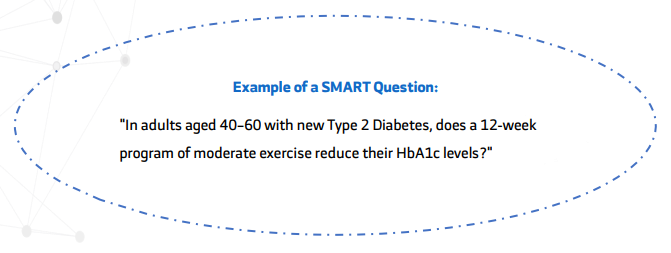
From Question to Hypothesis
Once you have your question, you form a hypothesis—an educated guess about the answer. You’ll actually create two hypothesizes: Researchers try to disprove the null hypothesis. If they can show the null is wrong, it supports their alternative hypothesis.
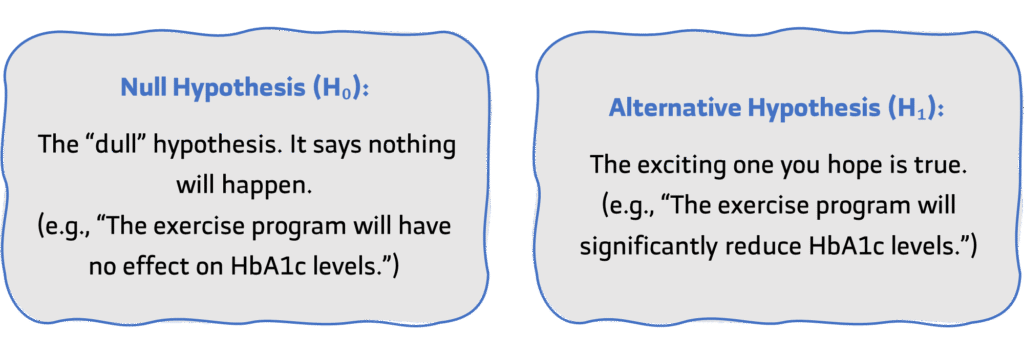
Practical Tip: Use the PICO(S) Framework
PICO(S) is like a recipe for a perfect research question. To make your clinical questions sharper:
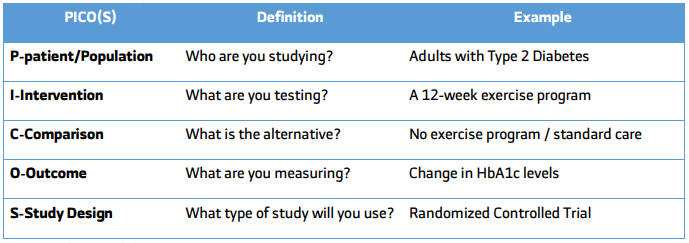
Practical Tip: The FINER Criteria for a Feasible Question
Beyond SMART and PICO(S), a good research question should meet the FINER criteria:
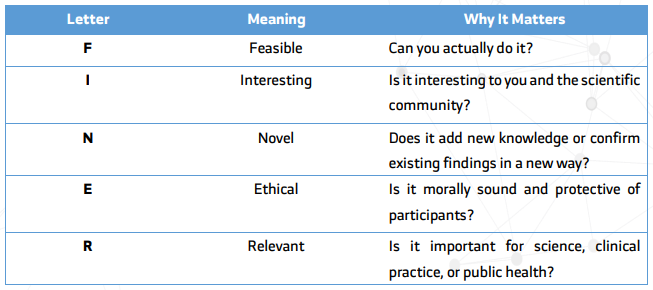
Meeting FINER ensures your question is both strong and practical.
Step 2: Designing the Study (The Blueprint)
With a clear question, you now need a plan to answer it. This is your study design. A key part is identifying your variables:

Controlling the Experiment
To make your results reliable, control confounding variables using:
- Control Group: Doesn’t get the intervention. It’s your comparison baseline.
- Randomization: Assigning participants to groups by chance (like flipping a coin) to ensure balance.
🔍 Practical Tip: Always look for a control group when reading a study! If there isn’t one, the results are weaker. Ask: “Compared to what?”
Step 3: Collecting and Analysing the Data
Now the real work begins. You gather data through:
- Surveys and questionnaires
- Lab tests (e.g., blood, urine)
- Physical exams
- Reviewing medical records
Data analysis uses statistics to make sense of everything you collected. Two main types:
- Descriptive Statistics: Describe what the data looks like.
(e.g., “The average participant age was 52,” or “60% were female.”) - Inferential Statistics: Helps you test hypotheses and draw conclusions.
- Descriptive Statistics: Describe what the data looks like.
They show whether the results are statistically significant.
Statistical vs. Clinical Significance

Example: A drug may reduce blood pressure by 2 mmHg and be statistically significant (p < 0.05), but a 2-mmHg drop isn’t clinically meaningful.
💡 Practical Tip: Don’t be fooled by a p-value alone! Ask if the result truly matters for patients.
Step 4: Drawing Conclusions and Sharing Your Work
After analyzing the data, you interpret what it all means:
- Explain the results: Do they support your hypothesis?
- Acknowledge limitations: Every study has them. Be honest—this builds credibility.
- Suggest future research: Most good studies lead to new questions.
Peer Review: The Quality Check
Before publishing, your study goes through peer review—a process where other experts quietly review the work for flaws or errors. It’s like a quality filter to ensure good science.
Conclusion
The scientific method is a powerful cycle: asking, testing, analyzing, and concluding. It’s what makes scientific knowledge reliable. By understanding this method, you’re now better equipped to conduct your own research or critically evaluate the research of others.
In the next article, we’ll explore the different types of study designs and how to choose the best one for your question.
Frequently Asked Questions (FAQ)
1. What is the Scientific Method in medical research?
The Scientific Method is a systematic process researchers use to answer medical questions. It involves asking a focused question, forming a hypothesis, gathering data, and analyzing results to reach logical, evidence-based conclusions.
2. Why is the Scientific Method important in healthcare?
It helps healthcare professionals evaluate studies with a critical eye. By understanding how evidence is produced, doctors and students can judge which findings are reliable and apply them safely to patient care.
3. How does the Scientific Method improve research quality?
Following this method reduces bias and error, ensuring results are valid and reproducible. It keeps research transparent, so other scientists can confirm or challenge the findings.
4. How is the Scientific Method used in everyday medicine?
Beyond the lab, the same logic guides daily medical decisions—from diagnosing patients to testing treatments. Each step reflects the same scientific thinking that drives research progress.
A Word From ResRef
You’ve now explored the Scientific Method—the heart of every research journey. From asking the right question to analyzing results, you’ve seen how this process keeps medical discoveries accurate and trustworthy. In the next article, we’ll take the next big step: turning your research idea into action. We’ll explore how to choose the right research design—the blueprint that shapes your entire study and brings your scientific question to life. Stay curious, stay critical, and let evidence guide your way forward.
A bilingual PDF (Arabic | English), containing the same information in an organized format, is available for download [here].


